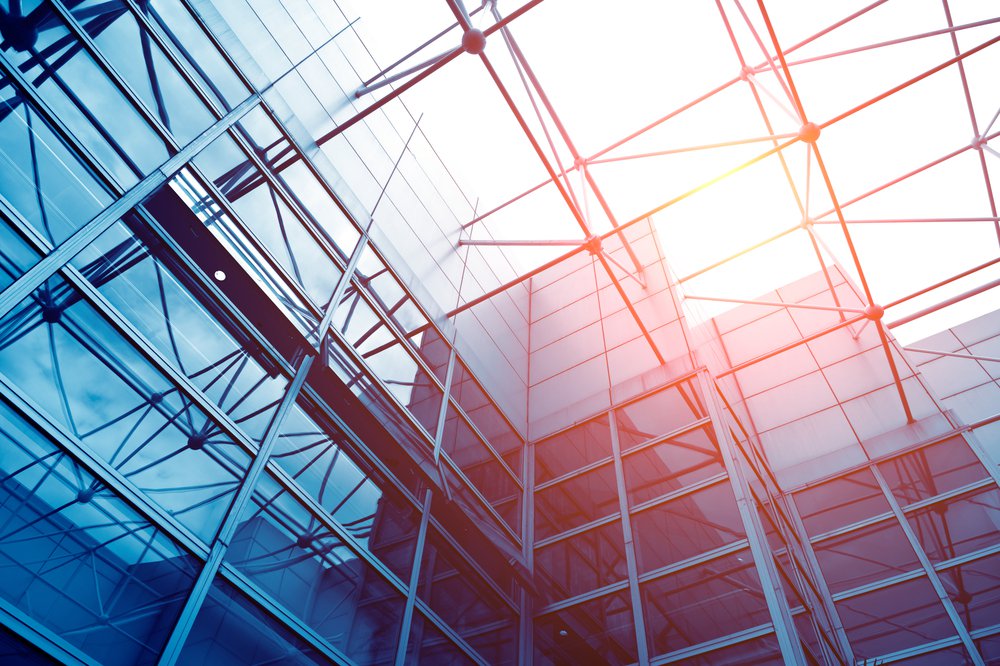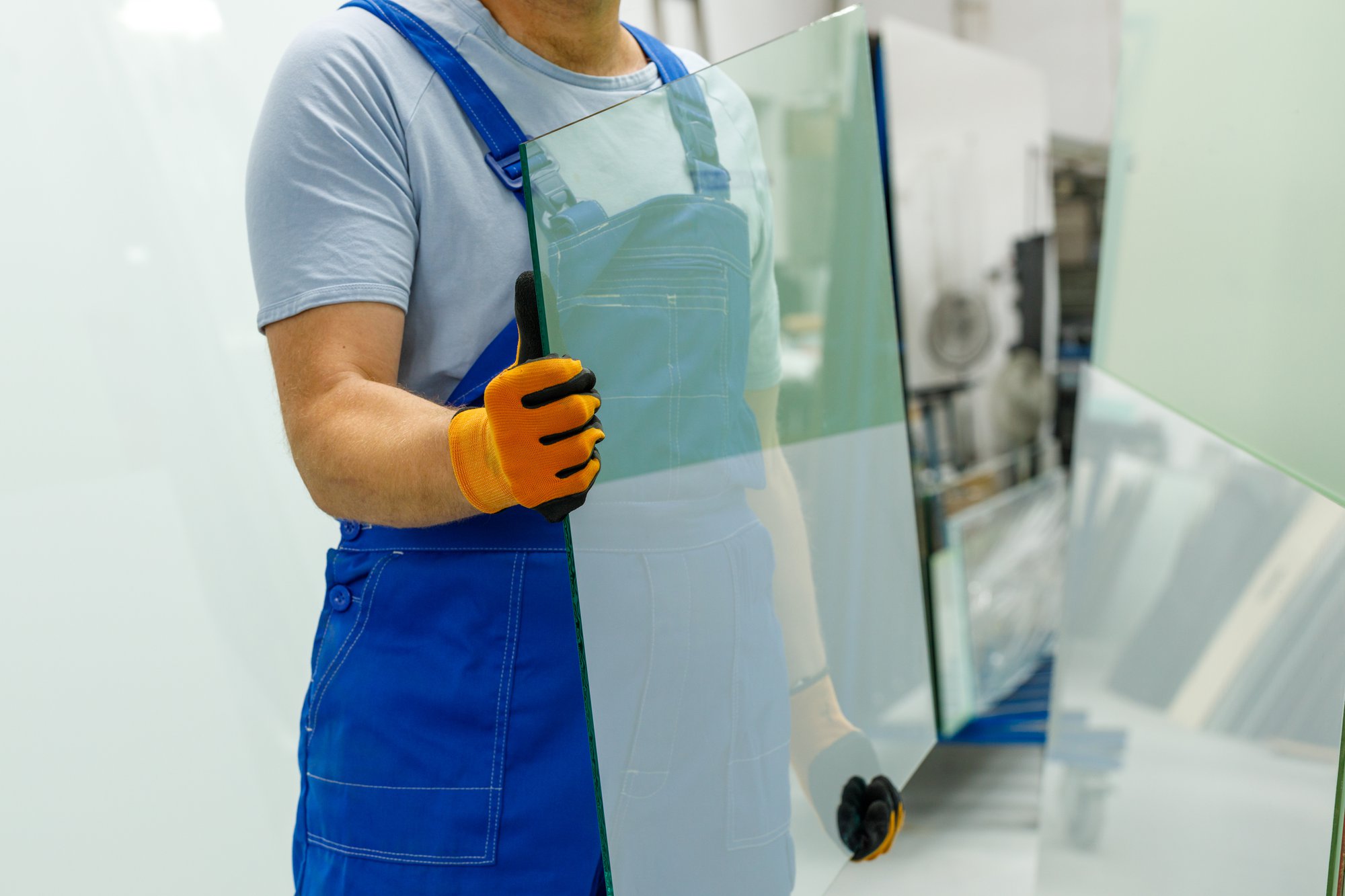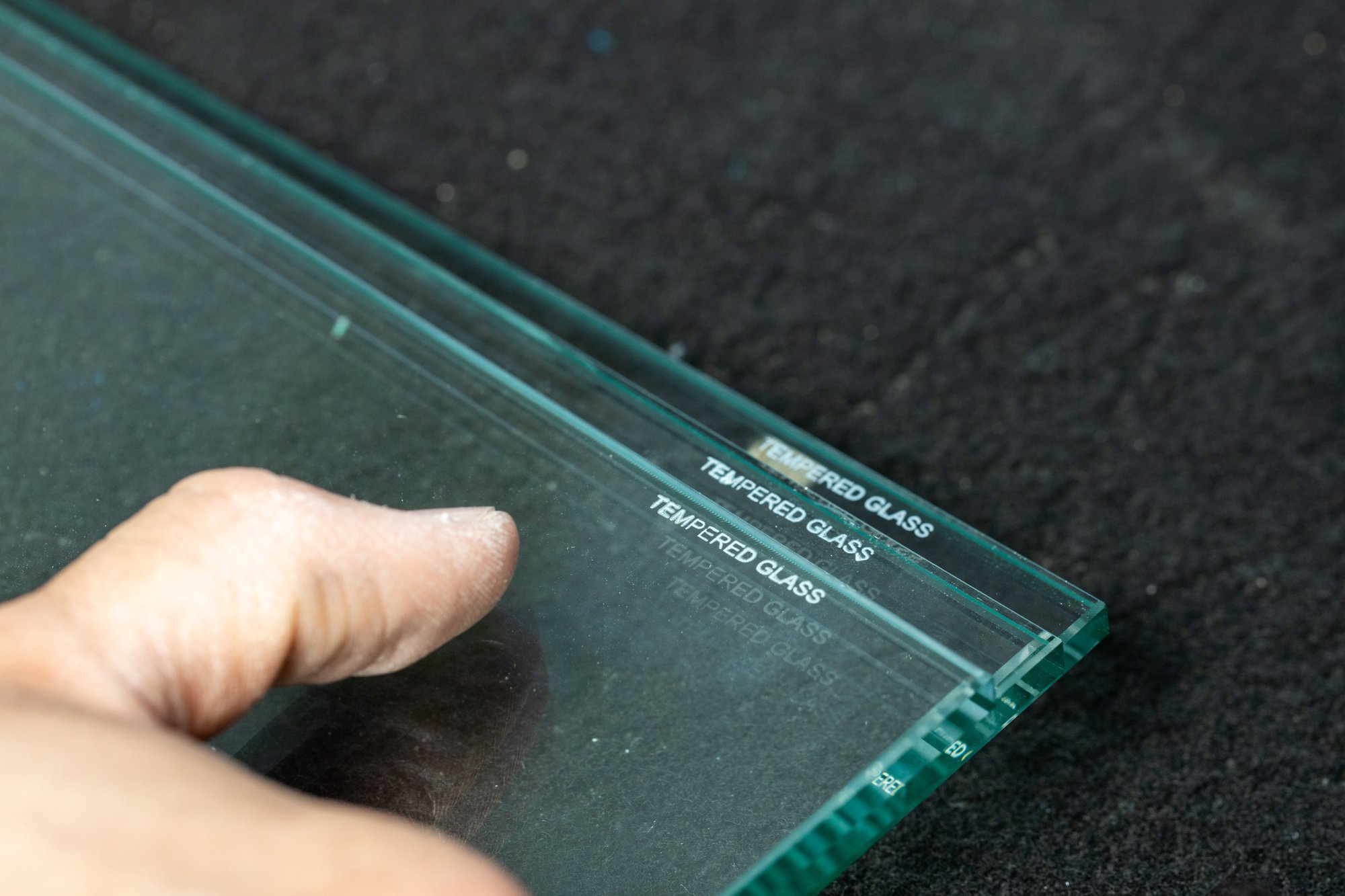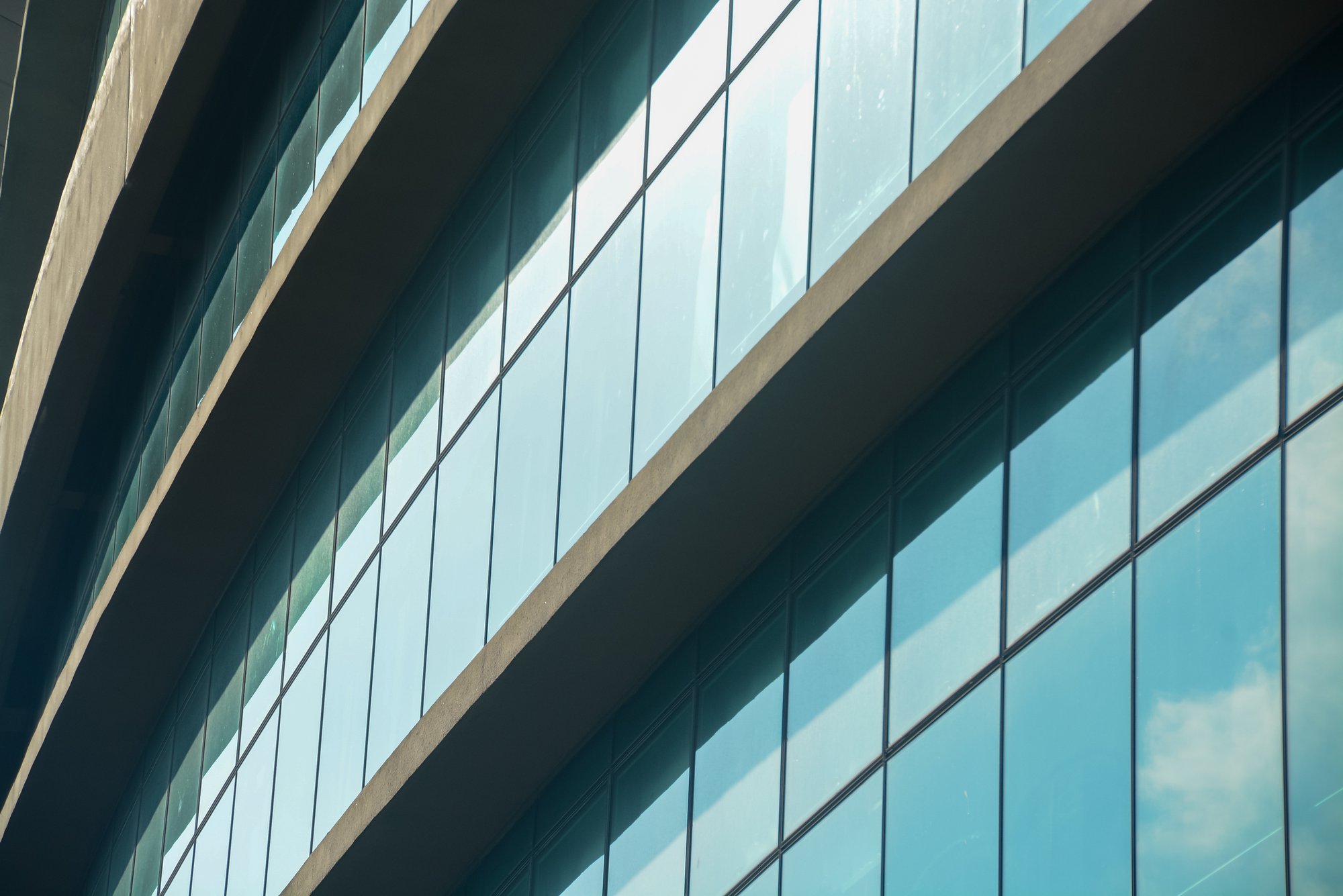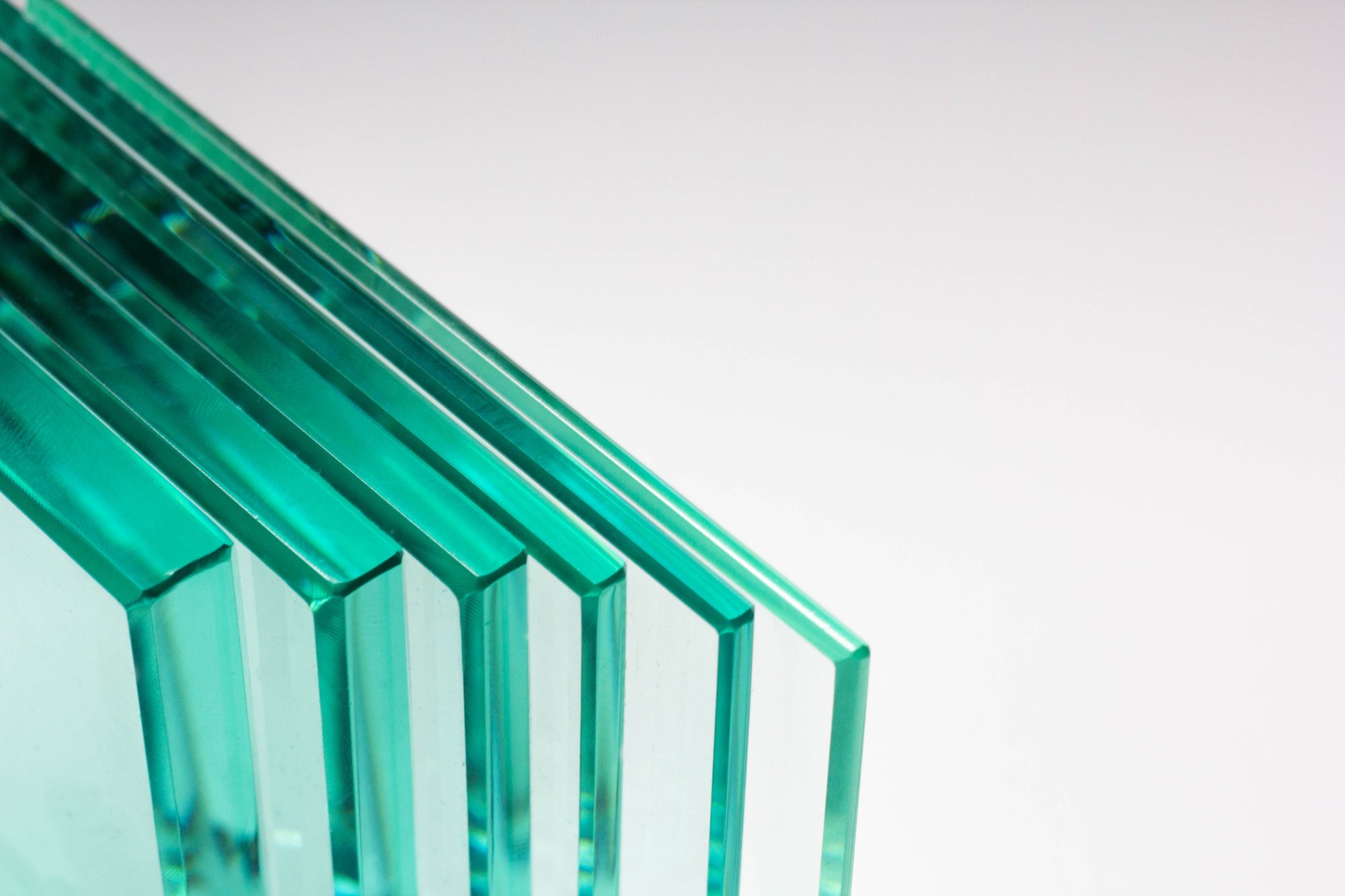Sustainable building practices are at the forefront of modern architecture, driven by the urgent need to reduce environmental impact. Can flat glass revolutionize these practices? This question is pivotal as the construction industry seeks innovative solutions to enhance energy efficiency and minimize carbon footprints. Understanding the role of flat glass in sustainable construction is crucial for architects, builders, and environmental advocates aiming to create greener, more efficient buildings.

Transforming Sustainable Building Practices
Flat glass holds immense potential to revolutionize sustainable building practices. By significantly improving energy efficiency, flat glass reduces the need for artificial heating and cooling, leading to lower energy consumption. This reduction is crucial in the context of sustainable construction, where minimizing energy use directly translates to a smaller carbon footprint.
Moreover, flat glass contributes to sustainability by enhancing natural light penetration, which reduces the reliance on artificial lighting. This not only cuts down on electricity usage but also creates healthier indoor environments. Buildings that utilize flat glass solutions often report substantial energy savings, making it a key component in the drive towards greener construction.
Energy Efficiency: The Core Advantage of Flat Glass
Flat glass significantly enhances energy efficiency by reducing heat transfer and improving insulation. This is achieved through advanced manufacturing techniques that create glass with low-emissivity (low-E) coatings. These coatings reflect infrared energy, keeping heat inside during winter and outside during summer. As a result, buildings maintain a more consistent internal temperature, reducing the need for heating and cooling systems.
Specific data underscores the impact of flat glass on energy savings. For instance, buildings equipped with low-E flat glass can significantly reduce energy consumption. This translates to substantial cost savings on energy bills and a marked decrease in greenhouse gas emissions. Flat glass's energy efficiency makes it an attractive option for both new construction and retrofitting existing structures.
Reducing Carbon Footprints with Flat Glass
Flat glass plays a crucial role in reducing carbon footprints by minimizing the need for artificial heating and cooling. This reduction is achieved through the superior insulating properties of advanced flat glass technologies, which help maintain optimal indoor temperatures. By decreasing reliance on HVAC systems, buildings can significantly cut down on energy consumption, leading to lower carbon emissions.
Quantitative data supports the environmental benefits of flat glass. Studies show that buildings utilizing high-performance flat glass can significantly reduce their carbon emissions. This is quite substantial, considering that the construction and operation of buildings account for nearly 40% of global carbon emissions. Thus, the integration of flat glass represents a meaningful step towards achieving sustainability goals.
Technological Innovations
Recent technological advancements in flat glass have significantly enhanced its role in sustainable building practices. Low-emissivity (low-E) coatings are among the most impactful innovations. These coatings minimize the amount of ultraviolet and infrared light that passes through glass without compromising the amount of visible light. This results in better thermal insulation and reduced energy costs, making buildings more energy-efficient.
Another groundbreaking development is smart glass, which can change its properties based on environmental conditions. Smart glass technologies, such as electrochromic and thermochromic glass, adjust their tint in response to temperature or light changes. This dynamic adjustment helps regulate indoor temperatures, reducing the need for artificial heating and cooling. Consequently, smart glass contributes to lower energy consumption and enhanced occupant comfort.
Notable Uses of Flat Glass
Several sustainable building projects have successfully implemented flat glass solutions, showcasing significant improvements in energy efficiency and environmental impact. The Bullitt Center in Seattle, for instance, utilizes high-performance flat glass to achieve net-zero energy consumption. This building's design incorporates extensive use of low-E glass, which effectively reduces heat transfer and enhances natural light, making it far more energy-efficient than traditional office buildings.
Another notable example is The Edge building in Amsterdam. Known for its cutting-edge sustainability features, the Edge integrates smart glass technology to optimize energy efficiency. The building's smart glass adjusts its tint based on sunlight intensity, reducing the need for artificial lighting and cooling. This innovation has made the Edge one of the most energy-efficient office buildings in the world.

Future Prospects: The Role of Flat Glass in Green Construction
The future potential of flat glass in the green construction industry is immense. Ongoing research focuses on enhancing the energy efficiency and sustainability of flat glass through innovative technologies. For instance, advancements in photovoltaic glass, which integrates solar cells into flat glass, promise to turn building facades into energy-generating surfaces. This technology could significantly reduce buildings' reliance on external energy sources, further lowering their carbon footprints.
Meeting Global Sustainability Goals with Flat Glass
Flat glass has the potential to revolutionize sustainable building practices by enhancing energy efficiency and reducing carbon footprints. Technological advancements such as low-emissivity coatings and smart glass have already demonstrated significant energy savings and environmental benefits. Case examples like the Bullitt Center, the Edge, and the Crystal highlight the practical applications and measurable outcomes of integrating flat glass solutions.
Looking ahead, ongoing research and emerging trends promise even greater contributions to green construction. Continued innovation and widespread adoption of flat glass technologies will be crucial in meeting global sustainability goals and creating a more environmentally responsible built environment.
Are you ready to revolutionize your building practices with the power of flat glass? Visit Insul-Lite Manufacturing to discover cutting-edge flat glass solutions that can enhance energy efficiency, reduce carbon footprints, and create greener, more sustainable buildings.

